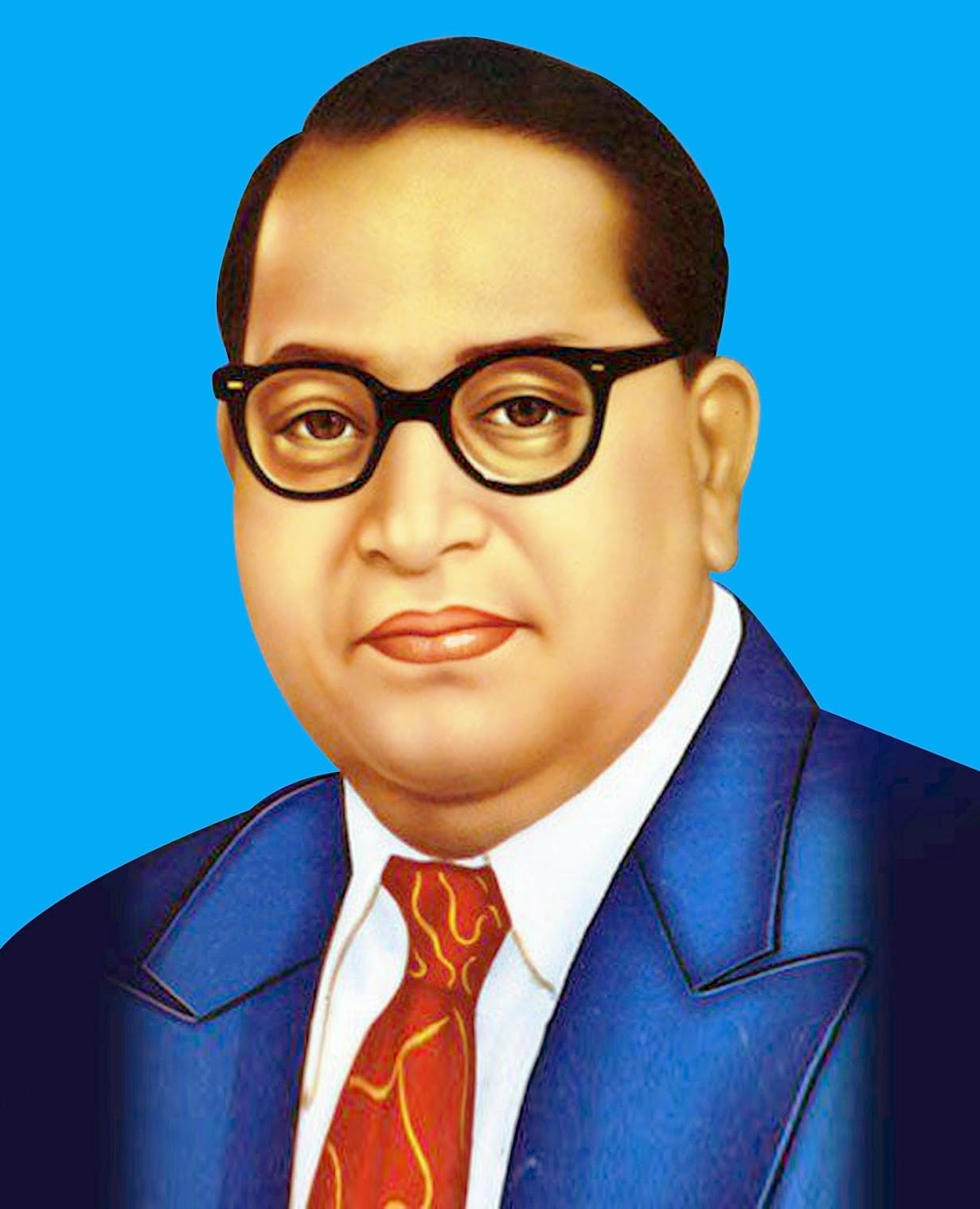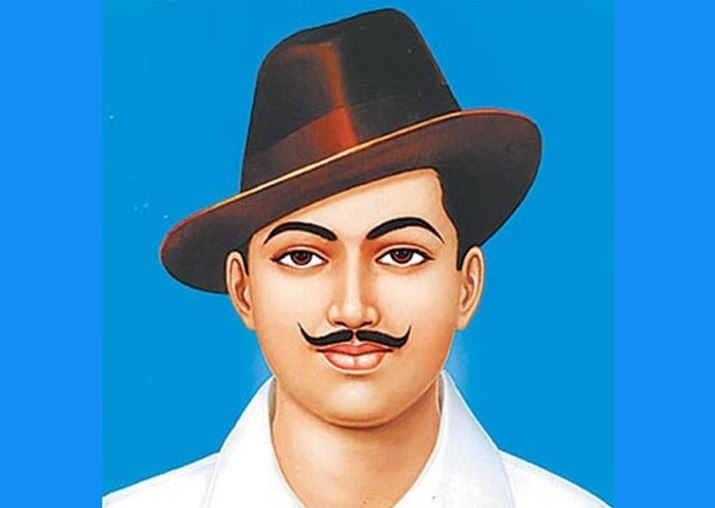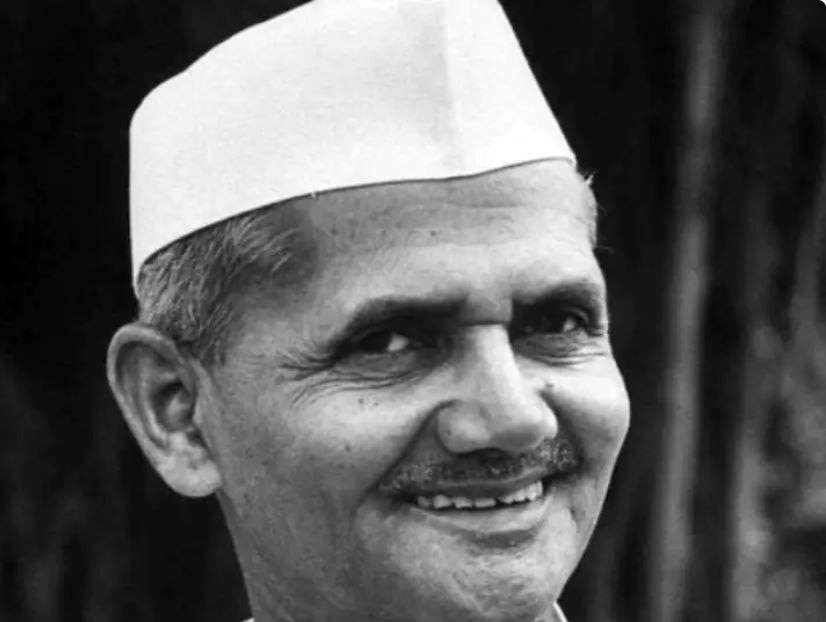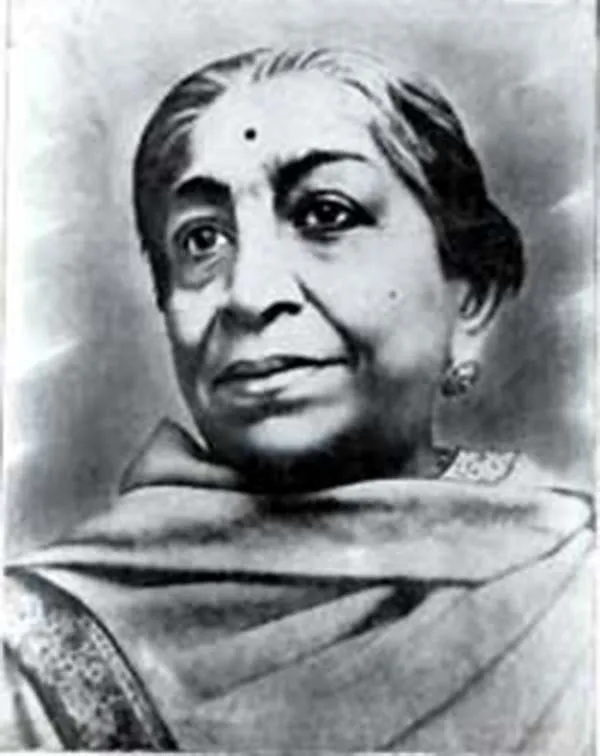Republic Day is one of India’s three national holidays, commemorating the adoption of the Indian constitution on January 26, 1950. Although India gained independence from Britain on August 15, 1947 (which is commemorated as a distinct national holiday), the country was essentially controlled under the colonial Government of India Act of 1935 for the first three years.
A constituent assembly, chosen by provincial legislatures shortly after independence was declared, set about creating a constitution to govern the newly independent country. After more than two years of work, India’s constitution was finished, solidifying the country’s autonomous democratic governance. As a reference to the Purna Swaraj (full self-rule), the formal enactment date was set on January 26.
Image Credits: Pexels
Great Leaders We Must Remember on Republic Day:
The Father Of the Indian Constitution– Dr Bhimrao Ramji Ambedkar, the father of the Indian Constitution, was an ambitious leader, journalist, economist, and social reformer who fought for discrimination against the untouchables. On August 29, 1947, he formed a committee of seven members calling it the ‘Drafting Committee’. With Dr BR Ambedkar as the Chairman of the committee, the other members included were N. Gopalaswami, Alladi Krishnaswami Ayyas, K.M Munshi, Saijo Mola Saadulla, N. Madhava Rao, and D.P Khaitan.
Dr Ambedkar, who had once famously said “If I find the constitution being misused, I shall be the first to burn it,” was not only a great leader but also an inspiration for everyone. The committee then worked tirelessly for months and on 4th November 1947, they submitted the first draft of the Constitution to the Assembly, which took over two years (precisely 2 years, 11 months, and 18 days) to finally adopt the Constitution.

Also check out: Vijay Divas : One of the biggest victory of India on terrorism
Jawaharlal Nehru – Nehru was a principal leader of the Indian nationalist movement in the 1930s and 1940s. Upon India’s independence in 1947, he served as the country’s prime minister for 17 years. Nehru promoted parliamentary democracy, secularism, and science and technology during the 1950s, powerfully influencing India’s arc as a modern nation. In international affairs, he steered India clear of the two blocs of the Cold War.

Also check out: Reservation System of India – Facts & Opinion
Bhagat Singh– Bhagat Singh was a charismatic Indian revolutionary who participated in the murder of a junior British police officer and an Indian head constable in mistaken retaliation for the death of an Indian nationalist. He also took part in a largely symbolic bombing of the Central Legislative Assembly in Delhi and a hunger strike in jail, which—on the back of sympathetic coverage in Indian-owned newspapers—turned him into a household name in Punjab region, and after his execution at age 23 into a martyr and folk hero in Northern India. Borrowing ideas from Bolshevism and anarchism, he electrified a growing militancy in India in the 1930s and prompted urgent introspection within the Indian National Congress’s nonviolent but eventually successful campaign for India’s independence.

Also check out: “Uniform” Civil Code in a “Diverse” India
In the words of Bhagat Singh, “The sanctity of law can be maintained only so as long as it is the expression of the will of the people”. When the Constitution came into effect on 26th January 1950, people were assured that could enjoy their ‘Fundamental Rights’ and had freedom of speech; it was freedom in a real sense as people could express their will and enjoyed equal law.
Netaji Subhash Chandra Bose – Netaji went on to play a key role in the freedom movement. He is also known for establishing the Azad Hind Fauj, which was basically a military regiment that was going to fight with the British government. He also formed a separate battalion for women to join the freedom struggle and named it the Rani Jhansi regiment.

Lal Bahadur Shastri – During the 22-day war with Pakistan, Lal Bahadur Shastri created the slogan of “Jai Jawan Jai Kisan” (“Hail the soldier, Hail the farmer”), underlining the need to boost India’s food production. Apart from emphasizing the Green Revolution, he was instrumental in promoting the White Revolution. He led the country during the Indo-Pakistan War of 1965. His slogan “Jai Jawan, Jai Kisan” (“Hail to the soldier; Hail to the farmer”) became very popular during the war. The war formally ended with the Tashkent Agreement on 10 January 1966.

Sarojini Naidu– Sarojini Naidu, who is also known as the “Nightingale of India,” holds the distinction of being the first Indian woman to be president of the Indian National Congress in the year 1925. She was also appointed as an Indian State Governor.
Having studied at King’s College in London and later on at Cambridge, she was drawn to Mahatma Gandhi’s Non-Cooperation Movement. In 1924 she travelled across Africa where she spent time understanding the interests of Indians there.
Her anti-British activity led her to face many jail terms. In 1914 she was elected to be a fellow of the Royal Society of Literature. In 1917 Sarojini Naidu led a delegation of women to meet the Montagu-Chelmsford Committee to demand a series of reforms in the condition of Indian women.

How Republic Day is celebrated
Celebrations for Republic Day begin on 24 January. However, this year it began a day earlier with ‘Parakram Diwas’, the birth anniversary of Netaji Subhas Chandra Bose.
The president addresses the nation on the eve of Republic Day.
Before the main celebration of Republic Day begins with the largest and most important parades of the year, the prime minister lays a floral wreath at the Amar Jawan Jyoti, which is followed by two minutes of silence to pay respect to the fallen soldiers of India.
After the president, the prime minister, and the chief guest reach the dais, the former unfurls the National Flag as the National Anthem Jana Gana Mana is played.
The Indian Army Regiment of Artillery then gives a 21-gun salute.
The president then bestows important awards like the Ashok Chakra and Kirti Chakra are to the people from the armed forces for their exceptional courage in the field and also the civilians who have distinguished themselves by their different acts of valour in different situations, either in the military, civilian or disaster scenarios.
This is followed by the parade, which starts from the gates of the Rashtrapati Bhavan and goes through Rajpath, India Gate till Red Fort. But due to Covid-19, it will only go up to the National Stadium this year.
The parade showcases India’s defence capability, cultural and social heritage as different regiments of the Indian Army, Navy, and Air Force with their bands march past.
The president, who also holds the position of the Commander-in-Chief of the Indian Armed Forces, is saluted by forces.
Contingents of various para-military forces and police forces also take part in the parade.
The parade also includes a display of daredevil motorcycle riding skills by the motorcycle units of the Armed Forces and civil security services. A flypast by the Indian Air Force jets and helicopters also enthrals the viewers.
Colourful tableaus from various states signifying their cultures are also part of the Republic Day celebration. The tableaus represent historical events, heritage, culture, development programs, and wildlife of different states.
Republic Day celebrations come to an end with Beating Retreat on 29 January.
The beating retreat is performed by the bands of the three wings of the military – the Army, Navy, and Air Force.




